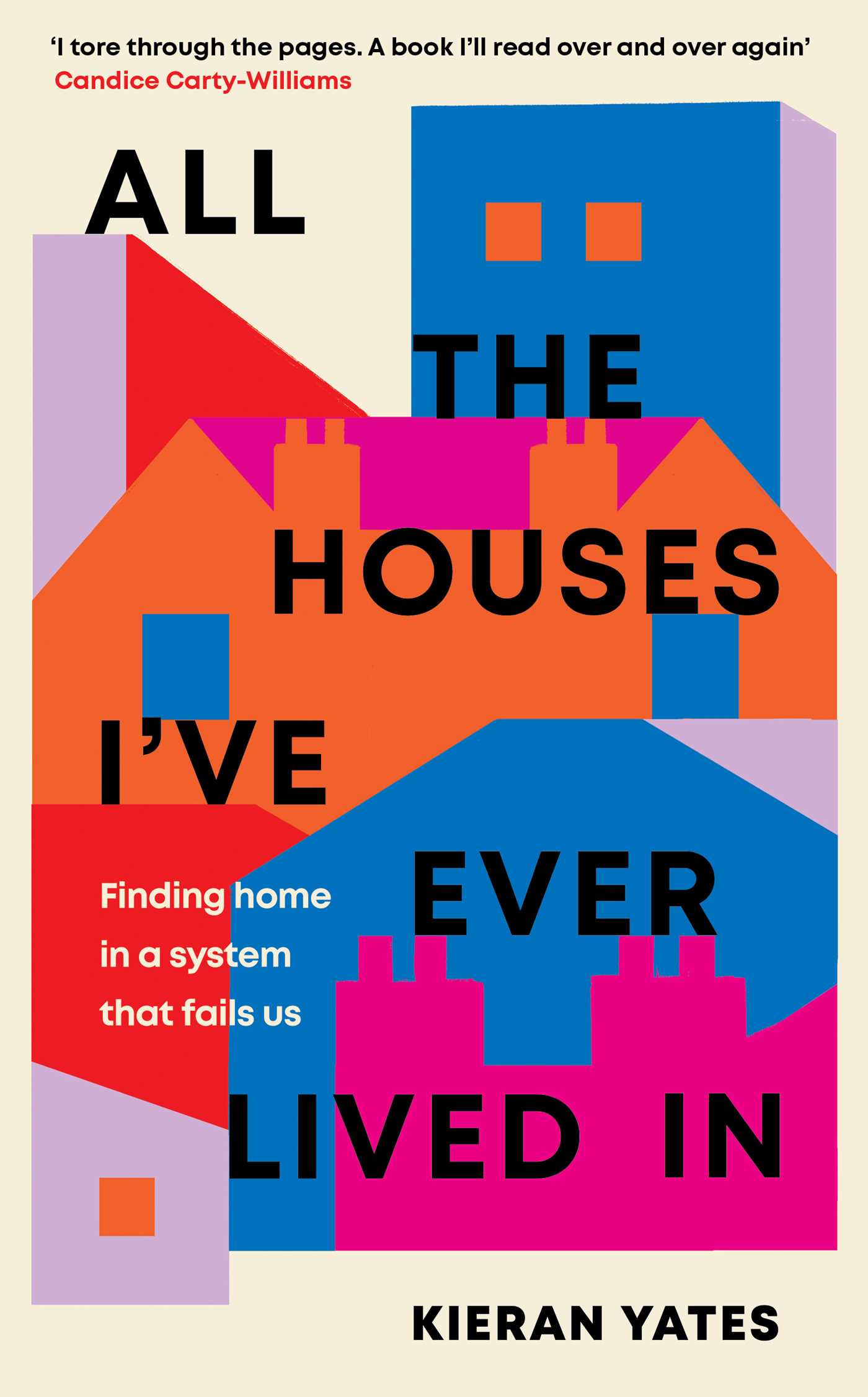The Observer
All the Houses I’ve Ever Lived In – Kieran Yates


One of the most fervent topics of today is the state of housing. You can’t spend a day online without encountering one of the following: an image of a bathroom with a bed in it described as an “apartment”; a video of rats, mould or asbestos invading a property; the success story of a first-time buyer who benefited from the bank of mum and dad. With the discourse around home ownership, exploitative landlords and gentrification getting louder and louder, Kieran Yates’s All the Houses I’ve Ever Lived In has arrived at precisely the right time. As the title suggests, the 36-year-old journalist and broadcaster, who covers culture, technology and politics for the likes of the BBC, the Guardian and Vice, chronicles all of the homes she’s occupied and how she came to leave them – whether because of dodgy landlords or regeneration. It’s part coming-of-age story, part reportage – or a “rally cry for change”, in the author’s words – and Yates includes interviews with tenants alongside intimate personal essays about her life, family and living conditions.
The first place she guides us through is a terraced house on Beresford Road in Southall, west London. It was home to her “nanaji” when she arrived in Britain in the 1960s from a tiny village in Punjab; later, it became the place where Yates took her first steps. This section is a little leisurely, as the author holds forth on the mass-produced tissue box adorned with fake velour and embossed gold plastic and its sentimental value in many South Asian homes. The book picks up pace, though, when Yates addresses Southall’s historical tensions between the far right and communities of colour. The 1979 riots took place nearby. “My mum’s recollection of these events is hazy but she remembers her dad, my nanaji, carefully arranging a row of glass milk bottles on the wall outside the house ‘just in case’ trouble came to their door.”
In each chapter, Yates skilfully combines memoir, case studies and histories of design with harrowing facts and figures
Next is the Green Man Lane estate in West Ealing, a “postwar social housing experiment”, where Yates moved with her mother in 1993. She describes her time and the people here with warmth and adoration, from Mavis, “her Jamaican auntie”, to the older Punjabi boy she had a crush on. The estate was eventually earmarked for demolition (the author and her family were told to leave in 1995, but the rebuild has yet to be completed), because of antisocial behaviour and “too many one-bedroom properties”. Here, Yates considers the legacies of social housing neglect and how many estates have become sites of dereliction and “derision”, referring to the UK’s most infamous example – Grenfell Tower. She talks to former residents, including Amanda, by then living in a Holiday Inn: “I’ve been offered [housing in] Harrow… which, look, is totally fine for people who want to leave the borough,” she says. “But I was born and raised on that estate.”
A short-term accommodation shared with a Somali refugee, a stint in a stone cottage in the Welsh countryside and a flat above a car showroom are among the author’s family’s other residencies. In each chapter, Yates skilfully combines memoir, case studies and histories of design with harrowing facts and figures. There’s a sense of humour, too, in a “if you don’t laugh, you’ll cry” kind of way, but deep down a rage that reverberates throughout. She tells us her coming-of-age story, of finding herself through music, friends and journalism, while crafting a vivid picture of government failures. When discussing the fear of debt collectors, Yates reveals that in 2019, there were 3m civil enforcement cases – an increase of more than 600,000 in five years.
In 2006, Yates enrolled at Goldsmiths, University of London, and after years of living in social housing, she experienced many firsts: the “working-class cosplay” on display in her halls of residence, the tyranny of landlordism and the farce of housemate auditions. The book soon becomes repetitive – rats, regeneration… rinse, repeat – although that works in its favour. The endless loop of renting means you’re living out the same grotesque tale again and again; the only way you can get out (if you’re working class with no generational wealth) is luck. For Yates, it’s the advance for this book that allows her in 2022 to put a deposit down on a property with her husband. Still, is home ownership really the cure? Keir Starmer recently announced that he wants Labour to be “the party of home ownership”, and that it would give local authorities more power to build on the green belt, but there are other, more urgent issues, from clamping down on excessive private rents to making sure that the houses that already exist are in a livable condition.
The book closes with a too short chapter on “how to fight”. It’s arguably the most important segment, but Yates simply states the obvious – that “housing is a human right”, and that “racism, transphobia, ableism and classism are built into the fabric of housing in the UK”. Still, All the Houses… is illuminating, thoughtfully written and provides a damning portrait of the housing crisis. It’s a critical analysis of lived experience by someone who survived and who can now look back in anger.